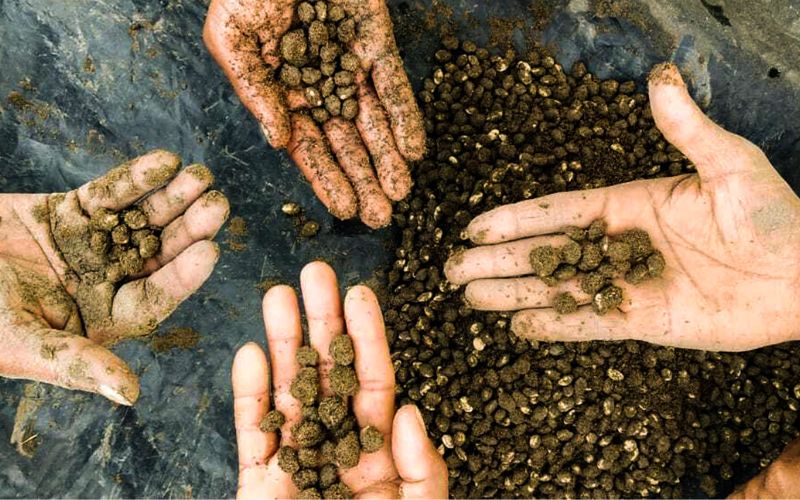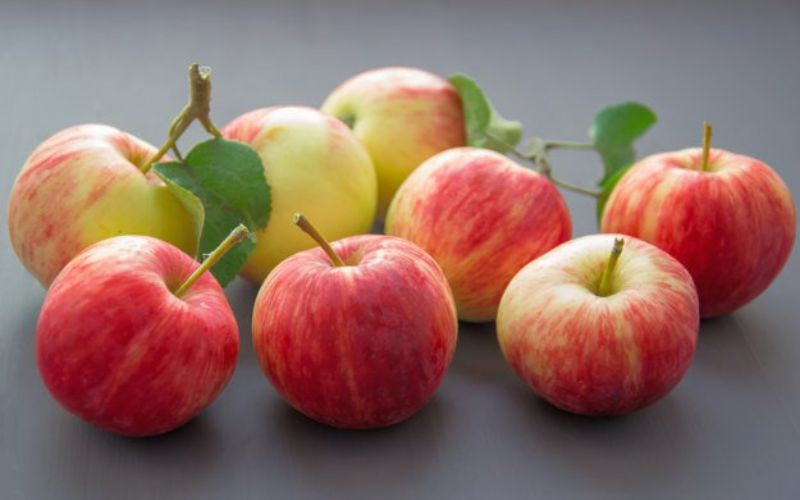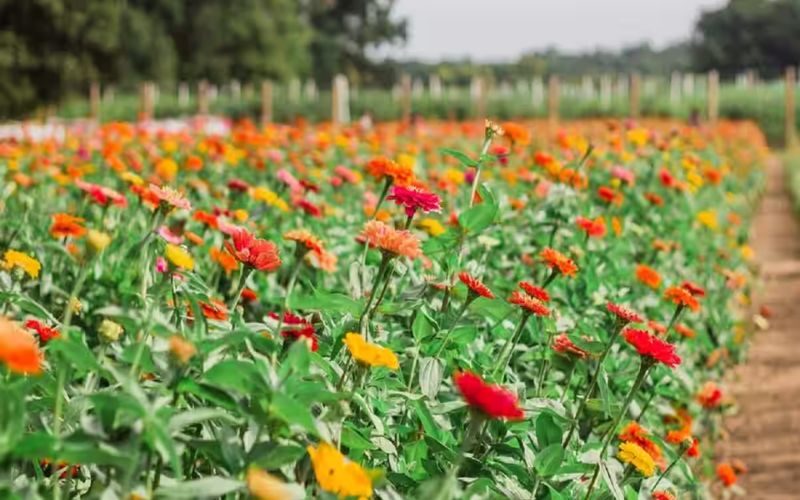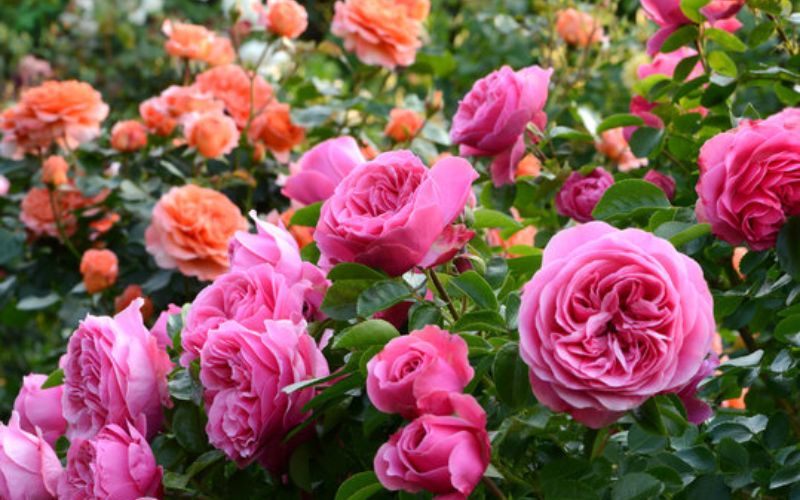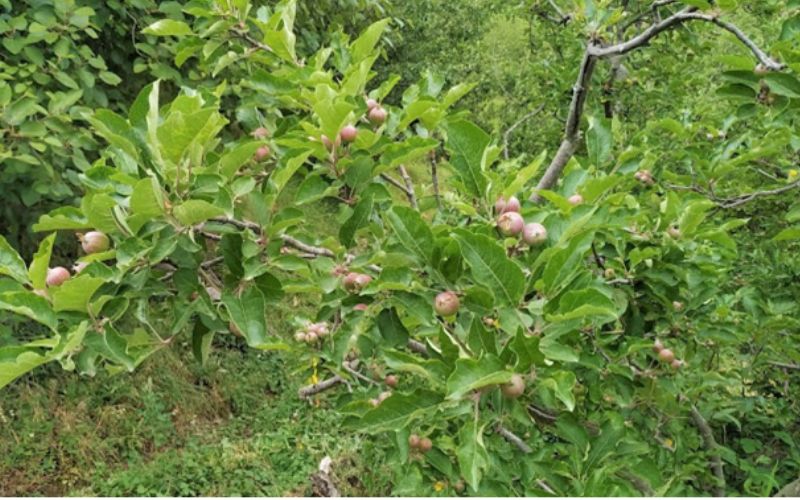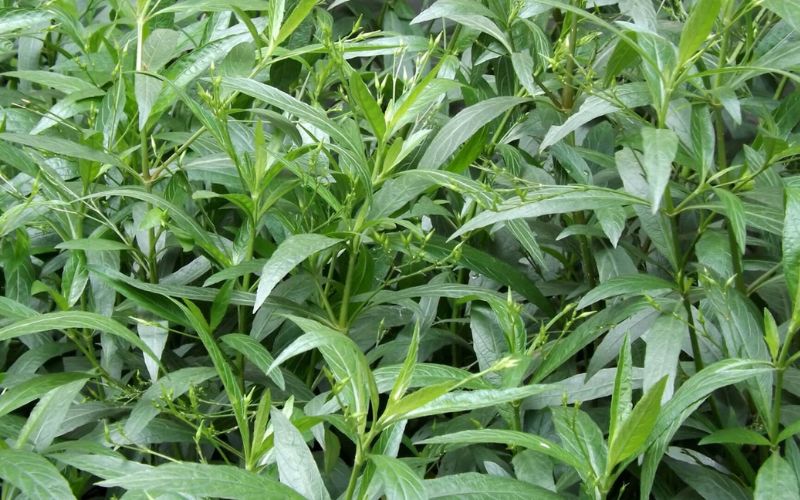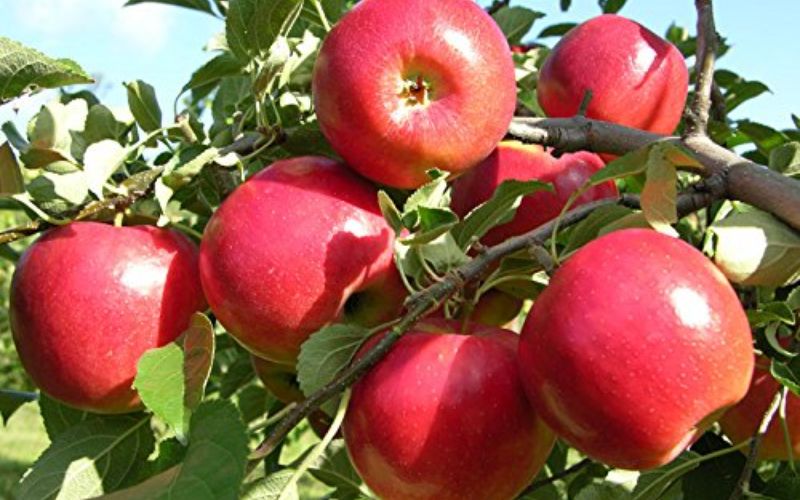Gasping for a breath: Desperate Delhiites seek to get rid of toxic cocktail of pollutants
Residents of national capital region grapple with the menace of air pollution
By SHRI RAM SHAW
New Delhi: Smog…Dust…Soot…Smoke…As the winter season sets in, National Capital is yet again likely to turn into a “gas chamber”. Thick envelope of smog all set to descend on Delhi, triggering health concerns among citizens and blame-game between governments. For the past three years, it has been ranked the world’s most polluted capital. Its high levels of air pollution have been linked with a large number of premature deaths.
In winter, the particulate matter levels exceed 500 micrograms per cubic meter of air. As night falls the temperature in New Delhi drops so rapidly that some of the gas molecules condense and within a few hours clump together to form particles up to 200 nanometres across, which can be seen as a gray haze. The chemical processes that take place in the air at night are unique to the Indian capital and have not been observed anywhere else in the world. Haze formation from the condensation of directly emitted fumes occurs at night, without photooxidation, driven by increased emissions together with a sharp decrease in temperatures.
Read More: Interior Landscape Plants for Minimizing Indoor Air Pollution Abatement
Air quality in winter season is a major environmental concern in Delhi and NCR region. Various efforts are being taken for the past five years for air quality management in the region. Although gradual year on year improvement in air quality has been observed, still a lot needs to be done.
According to Central Pollution Control Board (CPCB), it’s not just Delhi that’s breathing the toxic cocktail of pollutants but several other northern cities. The story of Delhi’s toxic air is not new. In fact it has been quite the same for several years now.
Why Air Quality deteriorate during Oct & Nov?
The onset of winter brings along the problem of air pollution year on year. Not just in Delhi but even in other cities across India. The cold winter air is much denser than the hot summer air, this leads to winter inversion. During summer, the lowest layer of the atmosphere is warmer and lighter as compared to winter, which makes it easy for air to rise upwards.
As a result, the pollutants are carried away from the ground. However, during winter, the air near the atmosphere of the earth is dense and cooler. The warm air traps the cool air and forms an atmospheric lid, which is known as inversion. The vertical mixing of air happens within this layer, as a result of which the pollutants disperse back in the atmosphere. The effects of inversion are strong at night for which the air quality deteriorates at night. This is the reason why experts advise to avoid going for morning walks or exercise in the morning as the pollution levels are high.
The dense winter air traps all sorts of pollutants in it. Smoke and fog come together to form smog. This smog is hazardous in many ways, not only does it hamper the visibility of drivers but it is also hazardous to inhale. Delhi is landlocked and the air doesn’t have anywhere to go. The wind speeds are slow during this time and thus the polluted air stays in the capital for the longest time.
Read More: Palm Perfection Unleashed: Cultivating Ornamental Beauty
Why does Delhi turn into ‘gas chamber’ each year?
Air Quality Index (AQI) of Delhi deteriorates due to the constant pollution from transport, dust, industrial and episodic sources including firecrackers and stubble burning. According to the System of Air Quality and Weather Forecasting And Research (SAFAR), the contribution of stubble burning has increased to 19-22% in Delhi’s pollution.
Along with the stubble burning, another major contributor is firecrackers during Diwali. Last year several restrictions were imposed on the sale and bursting of firecrackers but it doesn’t seem to be enough. Fireworks cause extensive air pollution in a short period, they leaving metal particles, dangerous toxins, harmful chemicals and smoke in the air for hours and days. Some of the toxins never fully decompose or disintegrate, rather they hang around in the environment, poisoning all they come into contact with. According to India’s Centre for Science and Environment, air pollution caused by firecrackers on Diwali across India was linked to the 30-40% increase in breathing discomfort to humans.
Winter Action Plan to combat Delhi air pollution
Delhi chief minister Arvind Kejriwal has announced major steps in order to combat the air pollution which has become a regular occurrence during the winter season.
Water sprinklers: The government will deploy 530 water sprinklers to prevent dust pollution at 13 major hotspots
Bio-decomposer for stubble burning: Pusa biodecomposer that prevents stubble burning will be sprayed on 5,000 hectares of farmland this year against 4,400 hectares last year.
Monitoring industrial areas: 66 teams to monitor 1727 industrial units in the national capital
More plantation: Over 1 crore plants to combat pollution
Vehicular pollution: Total 385 teams will check vehicles’ pollution certificates and prevent the plying of overage cars.
Garbage burning: Kejriwal said burning garbage in the open is banned in Delhi and 611 teams will monitor its implementation.
Delhi Pollution Control Committee (DPCC) has already mapped and prepared an inventory of all major and minor pollution sources, along with their geo-coordinates, at all 13 hotspots in the city. Last winter, the DPCC identified and addressed 470 pollution sources at the Anand Vihar hotspot, resulting in improved air quality.
Read More: बागवानों के बीच खूब लोकप्रिय हो रही है ‘फ्रूट कवर बैग’ तकनीक
Follow Citizen Charter of GRAP, urges CAQM
With the aim to take strict measures to control air pollution during the winter months in Delhi, when the air pollution significantly deteriorates, due to climatic conditions and anthropogenic factors including episodic events like agriculture residue burning, bursting of fire crackers etc., the Commission for Air Quality Management (CAQM) has urged citizens to adhere to the Citizen Charter under the Graded Response Action Plan (GRAP) and assist in effective implementation of the GRAP measures aimed towards sustaining and improving the air quality in the region, as under:
- People to use public transport and minimize use of personal vehicles.
- Use technology, take less congested route even if slightly longer.
- Regularly replace air filters at recommended intervals in your automobiles.
- Avoid dust generating construction activities during months of October to January.
- Avoid open burning of solid waste and bio-mass.
Further, an 11-point action plan as per Stage-I of GRAP is applicable with immediate effect in the entire NCR, in addition to all Stage-I actions of GRAP already in force. This 11-point action plan includes steps to be implemented/ ensured by various agencies including Pollution Control Boards of NCR States and DPCC. These steps are:
- Carry out mechanical/ vacuum sweeping and water sprinkling of the identified roads on a daily basis.
- Ensure water sprinkling along with use of dust suppressants (at least every alternate day, during non-peak hours) on roads to arrest road dust especially at hotspots, heavy traffic corridors, vulnerable areas and proper disposal of dust collected in designated sites/landfills.
- Intensify inspections for strict enforcement of dust control measures at C&D sites.
- Ensure focussed and targeted action for abatement of air pollution in all identified hotspots in NCR. Intensify remedial measures for the predominant sector(s) contributing to adverse air quality in each of such hotspots.
- Ensure uninterrupted power supply to discourage use of alternate power Generating sets/ equipment (DG sets etc.).
- Strictly implement the schedule for regulated operations of DG sets across all sectors in the NCR including Industrial, Commercial, Residential and offices etc. in accordance with Direction No. 76 dated 29 September, 2023.
- Synchronize traffic movements and deploy adequate personnel at intersections / traffic congestion points for smooth flow of traffic.
- Alert in newspapers / TV / radio to advise people about air pollution levels and Do’s and Don’ts for minimizing polluting activities.
- Enhance Parking fees to discourage private transport.
- Augment CNG/ electric bus and metro services by inducting additional fleet and increasing the frequency of service.
- Resident Welfare Associations to necessarily provide electric heaters to security staff to avoid open Bio-Mass and MSW burning during winters.
Strict implementation of the targeted timelines
Towards the objective of strengthening efficient and cleaner public transport services within the National Capital Region (NCR), the Commission for Air Quality Management in NCR & Adjoining Areas (CAQM) has directed the State Governments of Haryana, Rajasthan and Uttar Pradesh (U.P.) for strict implementation of the targeted timelines in respect of the inter-city/ inter-state bus services serving Delhi and other cities/ towns in NCR. The targeted timelines for the States are as under:
The Commission has held a series of meetings with the NCR States for developing detailed action plans for shifting to cleaner bus services in NCR, focusing that bus services in the entire NCR to be targeted for EVs in the long-term (within 5 years), through EVs / CNG buses in the medium-term (within 3 years) and in the interim through EVs / CNG/ BS-VI diesel buses. The current availability of EV/ CNG/ BS-VI Diesel buses with the State Govts., total requirement of such buses to cater to various services from different areas of the respective states to Delhi and other NCR areas, and the status of new procurements of such buses by these States were also deliberated upon in detail during the meetings.
As per the actions plans formulated by the State Governments of Haryana, Rajasthan and UP, the States aimed to replace/ relocate older BS-III and BS-IV Diesel operated buses in a phased manner and plan to procure new BS-VI Diesel buses during 2023-24 as under:
- Haryana – 1313 new BS-VI Diesel buses.
- Rajasthan – 590 new BS-VI Diesel buses, besides outsourcing services of 440 BS-VI Diesel buses.
- Uttar Pradesh – More than 1650 new BS-VI Diesel buses.
It was also informed that procurement of CNG buses and EVs, as per the respective EV Policy, is also underway in the NCR.
An Advisory dated 19 July, 2023 was also issued by the Commission with the prime objective to ensure that with effect from 1st November, 2023, all buses originating from NCR areas in the respective states and travelling to Delhi are either EVs or CNG or BS‑VI Diesel.
Based on the plans for procurement of new BS-VI Diesel / CNG buses / EVs by the respective NCR states and the exercise conducted by them for relocation of older Diesel buses (BS-IV and below) to areas other than NCR, the CAQM, with due confirmation from the NCR States on the feasibility, vide Direction No. 78 dated 19 October, 2023, has directed State Governments of Haryana, Rajasthan and UP for strict implementation of the targeted timelines in respect of the inter-city/ inter-state bus services serving Delhi and other cities/ towns in NCR as under:
Delhi: It has 7,041 buses i.e. 4,088 DTC buses and 2,953 cluster buses, including 456 e-buses and 94 mini electric buses. There is plan to augment public transport by adding 850 buses by September, 2023 and 650 buses by March, 2024. As on 23rd September, 2023, 943 PUC certification stations are operational in Delhi and 33.56 lakh PUC certificates have been issued in NCT of Delhi.
Delhi has more than 2.38 lakh EVs registered in Delhi till 22nd September, 2023. Delhi currently has 3,100 charging stations, 4,793 charging points and 318 swapping stations and target is to set-up 18,000 public and 30,000 private / semi-public charging stations by 2025.
As part of dust control measures, Delhi has 83 Mechanical Road Sweeping (MRS) machines for mechanized sweeping. The average road length mechanically swept per day is about 2,700 km. About 125 metric tonnes of road dust is being collected and disposed of per day. 320 water sprinklers are also being deployed in Delhi covering an average of 2,600 km. of road per day.
Presently, 389 Anti-Smog Guns (ASG) are under deployment to control dust in and around buildings, roads and open areas besides ASGs installed at C & D sites. Delhi has identified more than 90 high rise buildings for deployment of ASGs, against which ASGs have been installed in 47 Government and 43 private high-rise buildings. Government Departments including MCD, DCB, DDA, NDMC, PWD, NHAI, NBCC, CPWD etc. have been directed to identify more high-rise buildings for installation of ASGs.
Read More: Third Indian Horticulture Summit-cum-Int’l Conference to be held at Jaipur from 1st Feb
Delhi Government has identified 13 hotspots namely Anand Vihar, Mundka, Wazirpur, Jahangirpuri, R K Puram, Rohini, Punjabi Bagh, Okhla, Bawana, Vivek Vihar, Narela, Ashok Vihar and Dwarka for control of pollution from hotspots. Inventorization of major air pollution sources form hotspots have been completed for focused preventive actions.
Haryana: All bus services between any city / town in the State of Haryana and Delhi shall be operated only through EV/CNG/BS-VI Diesel buses w.e.f 1st November, 2023.
Rajasthan: All bus services between any NCR city / town in the State of Rajasthan and Delhi as also to any other city / town in NCR, shall be operated only through EV/CNG/BS-VI Diesel buses w.e.f 1st of November, 2023. All bus services from non-NCR areas of Rajasthan to Delhi shall also be ensured through EV/CNG/BS-VI Diesel buses w.e.f 1st November, 2024.
Uttar Pradesh: All bus services between any NCR city / town in the State of Uttar Pradesh and Delhi shall be operated only through EV/CNG/BS-VI Diesel buses w.e.f 1st November, 2023. All the bus services plying within the 8 NCR districts of UP, shall also be through BS-VI Diesel compliant buses w.e.f. 1st April, 2024. All buses operating between non-NCR areas of the State to Delhi and NCR areas of other States shall also be ensured through BS-VI diesel compliant buses w.e.f. 1st July, 2024. These Directions would also be applicable to all bus services being operated by respective State PSUs and private entities etc.
In effect, w.e.f. 1st November, 2023, bulk of bus services from any city / town in the States of Haryana, Rajasthan and Uttar Pradesh to Delhi shall be only with EV/ CNG/ BS-VI Diesel buses. Operation of only EV/ CNG/ BS-VI Diesel buses in the entire NCR is also expected to be in effect from 1st July, 2024. Further, Transport Department/ Traffic Police Department of GNCTD and all the NCR States have been accordingly directed to ensure strict compliance through regular monitoring of the field level implementation, including for bus services being operated by State PSUs and private entities etc.
Read More: China aster : चाइना एस्टर की उन्नत खेती
Need to shift to cleaner fuels and e-vehicles: Dr. P. K. Mishra
Dr. P. K. Mishra, Principal Secretary to the Prime Minister, chaired High Level Task Force meeting on air pollution in Delhi-NCR at the Prime Minister’s Office (PMO) recently. The meeting was held to review the preparedness of various stakeholders to deal with the issue of adverse air quality in Delhi-NCR as the winter season approaches.
During the meeting, Principal Secretary discussed in detail about various measures being undertaken to reduce the impact of different sources of air pollution including industrial pollution; vehicular pollution; dust from construction and demolition (C&D) activities; dust from roads and ROWs; burning of municipal solid waste (MSW), biomass & misc. waste; agricultural stubble burning; and dispersed sources. Greening and plantation initiatives to abate air pollution were also deliberated during the meeting. Principal Secretary also discussed the implementation of Graded Response Action Plan (GRAP), its monitoring and measures to improve its enforcement at field level.
In an effort to ensure reduction of the paddy stubble burning across Punjab, Haryana and Uttar Pradesh, Principal Secretary to the PM instructed close monitoring of the issue by the Chief Secretaries of the three states. He also advised Indian Council of Agriculture Research (ICAR) to improve the technology.
Plant more tress to improve air quality
YP Singh, President, Indian Nurserymen Association
“Winter has set in and by October-November every year the level of air pollution in the national capital Delhi starts increasing unexpectedly. Gradually it turns into a “gas chamber”. Due to this, people have to face many problems, especially serious diseases like difficulty in breathing.
Read More: In the world of flora, few flowers can captivate the senses quite like jasmine
Air is an integral part of our environment and it is essential for life. In ancient times, we did not face the problem of air pollution, but today, as a result of increasing industrialization and urbanization, the presence of toxic gases, substances, dust particles etc. in the atmosphere has increased. It is harmful to humans, animals and plants. While many comforts and facilities have been obtained due to the development of science and technology, many complications and problems have also arisen for human health.
Today, air pollution is becoming a major crisis for human existence. We can survive for some time without food and water, but we cannot survive even for a moment without air. In the Vedas, air is not only considered godlike but is also considered the giver of life, friend and protector. According to the Vedas, clean air is like a life-giving medicine, due to which we can remain healthy and fit. Vedic saints had realized that environmental protection is self-protection.
It is well known that we get oxygen from plants and we all know very well what importance oxygen has in our lives. A few months ago, during the Corona period, we understood its importance very well. Therefore, it is very important to plant more and more trees.”


